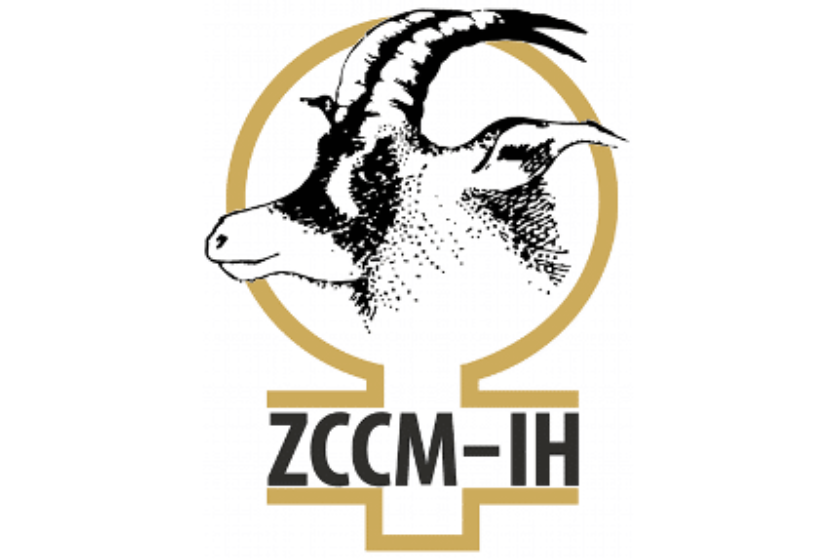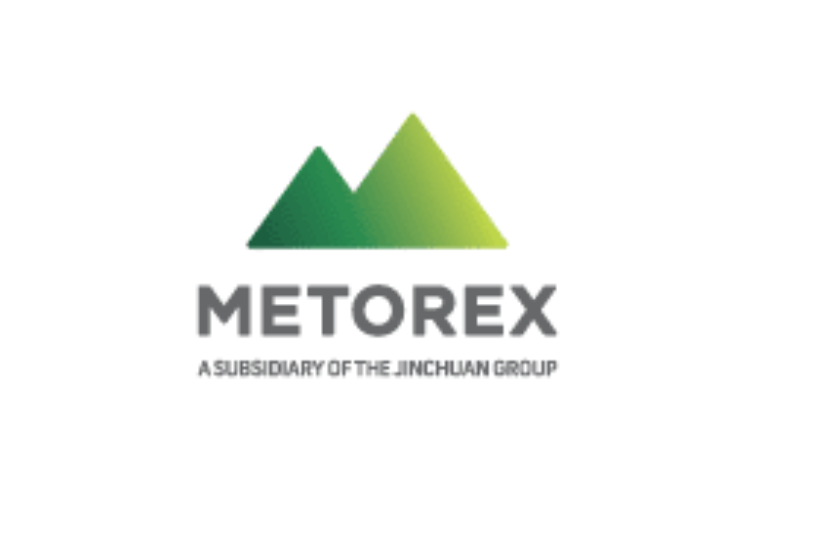Net revenue for the financial year ended 31st December 2015 was K656.9 million (US$66.5 million) (2014: K691.4 (US$106.3 million)). Net loss over the same period was K312.2 million (US$31.6 million) (2014: K144.4 million (US$22.2 million profit)). Chibuluma Mines Plc’s (CMP) cash position reduced to US$0.056 million as at 31st December 2014 (2014: US$8 million). The loss was mainly due to the low copper prices and an impairment loss of US$13.4 million on property, plant and equipment.
Production was negatively affected by the poor availability of mine equipment, which, coupled with low copper prices led to constrained cash flow at the company. Consequently, CMP embarked on cost saving measures and a survival plan with emphasis on reduced and targeted mining and processing activities at the mine.
As mine reserves get exhausted CMP has been exploring the Chifupu project for the last two years to extend the life of mine and have been actively exploring new mining activities. However, due to cash flow constraints, works on the Chifupu project have reduced and CMP is evaluating the option of starting production early at the Chifupu project to recover some of the investments incurred on the project. No dividends were paid for the financial year ended 31st December 2015 (2014: US$10.8 million).


